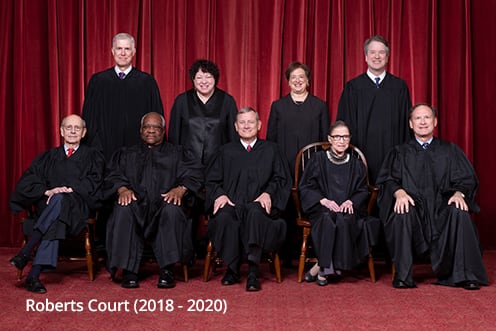Recent changes to the Black Lives Matter Movement in 2020 have drastically conflicted with the six freedoms and first amendment rights. On May 25th, 2020, George Floyd, a 46-year old black male was brutally beaten and killed by two white male police officers. It is evident that these actions by federal authorities are proven unlawful given that there was the negligence of peaceable assembly. Ashley M Eick, writing as a J.D. candidate at the William and Mary Law School, has argued that "such a militarized police response poses a chilling effect on the right of peaceable assembly, which American Founders guaranteed in the First Amendment". Recognizing the importance of public safety, Eick argued that the state should have to prove the existence of "clear and present danger" of violence before employing militarized forces.
These violent and repetitive actions continue to sadden our communities and challenge equality and the rights of the people. Freedom of Speech has also been challenged during the Black Lives Matter Movement as "a number of judges have barred attorneys and others from wearing Black Lives Matter pins or clothing in courtrooms, bring up first amendment concerns" (The First Amendment Encyclopedia, Deborah Fisher). The First Amendment does not condone restricting this kind of speech, although there are limitations on speech, it is unlawful to take away this right from the people. The First Amendment also doesn't condone violence from federal authority unless there is clear and present danger, in which most of these cases had no evidence of. These actions should no longer continue and it is up to us to change this narrative and fight for justice and equality.
https://www.mtsu.edu/first-amendment/article/1512/black-lives-matter



